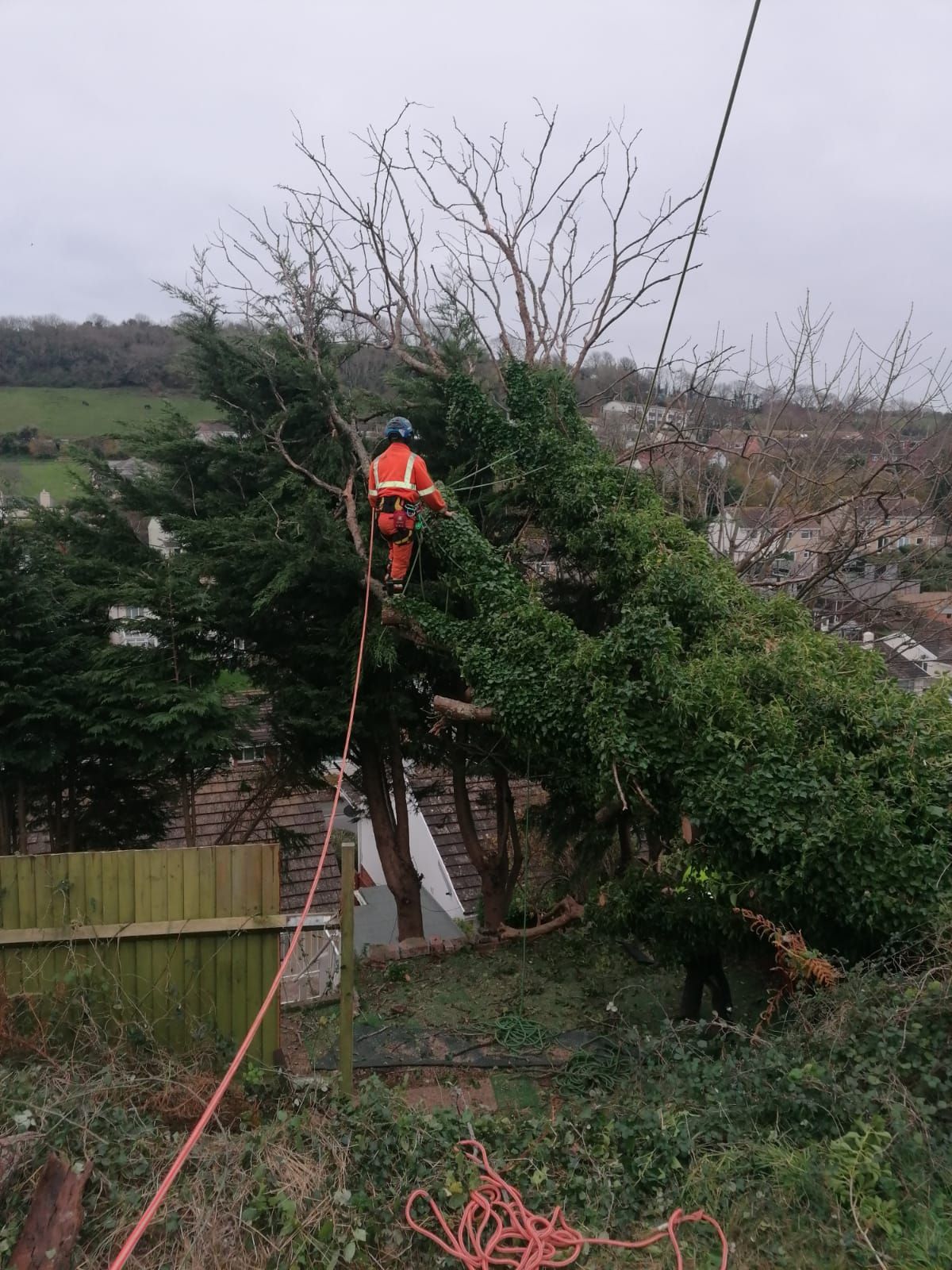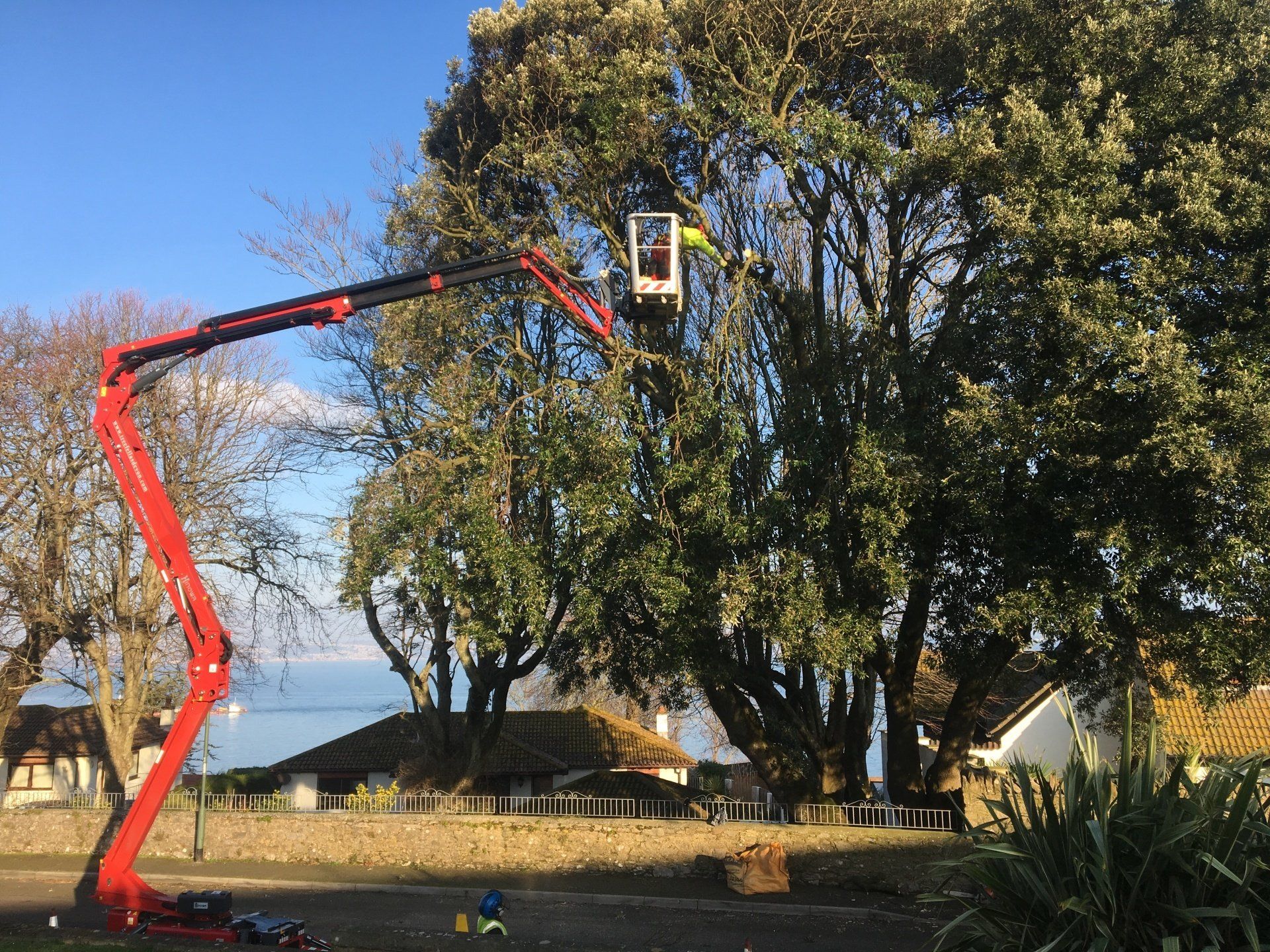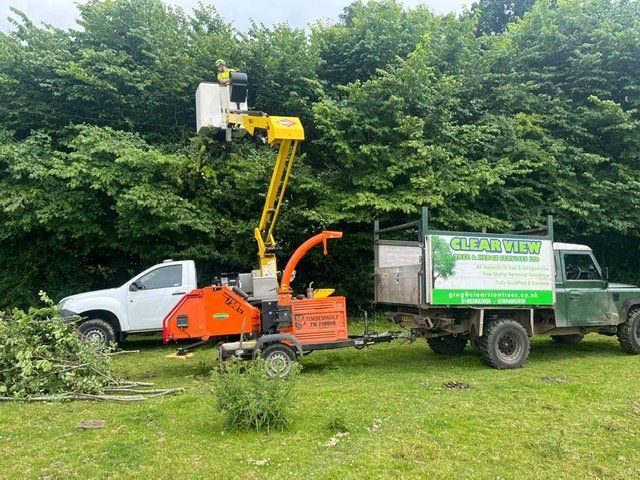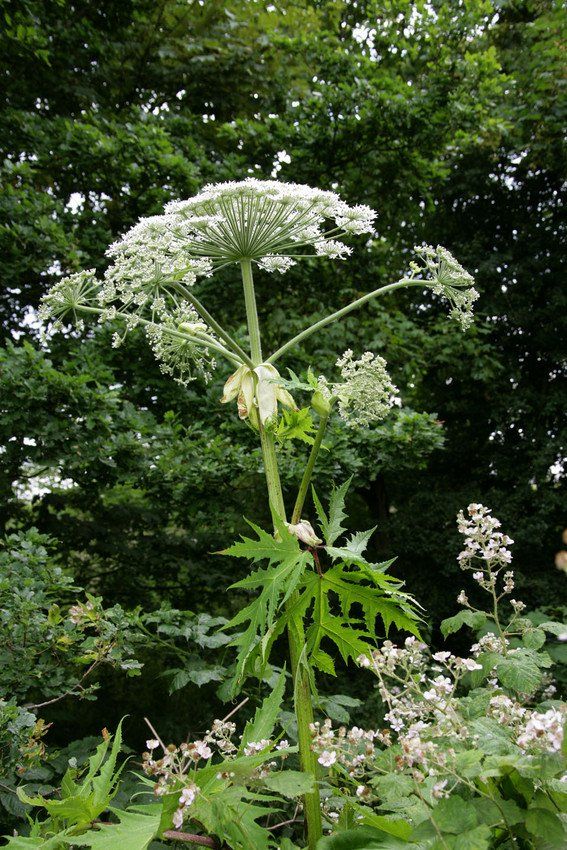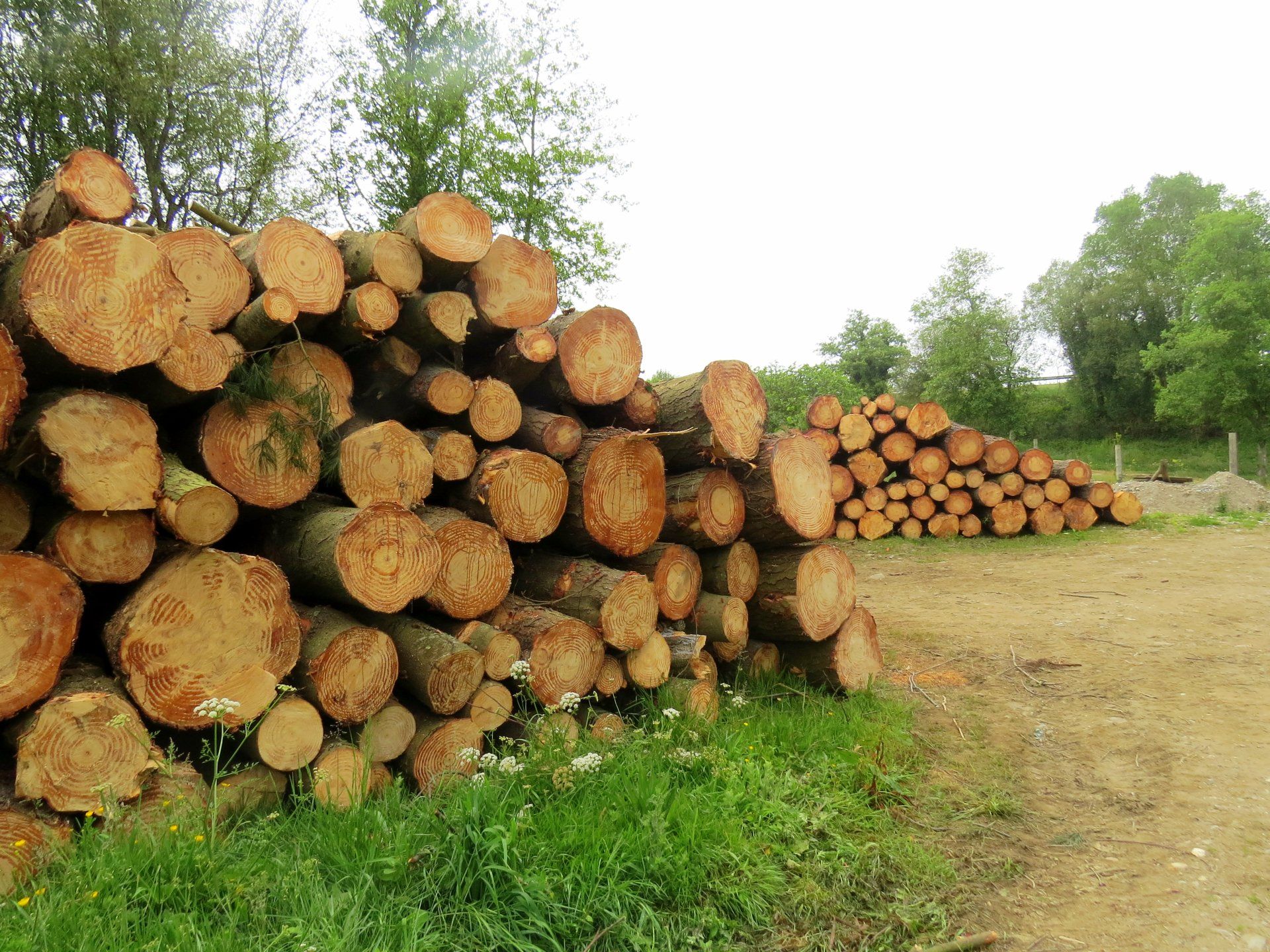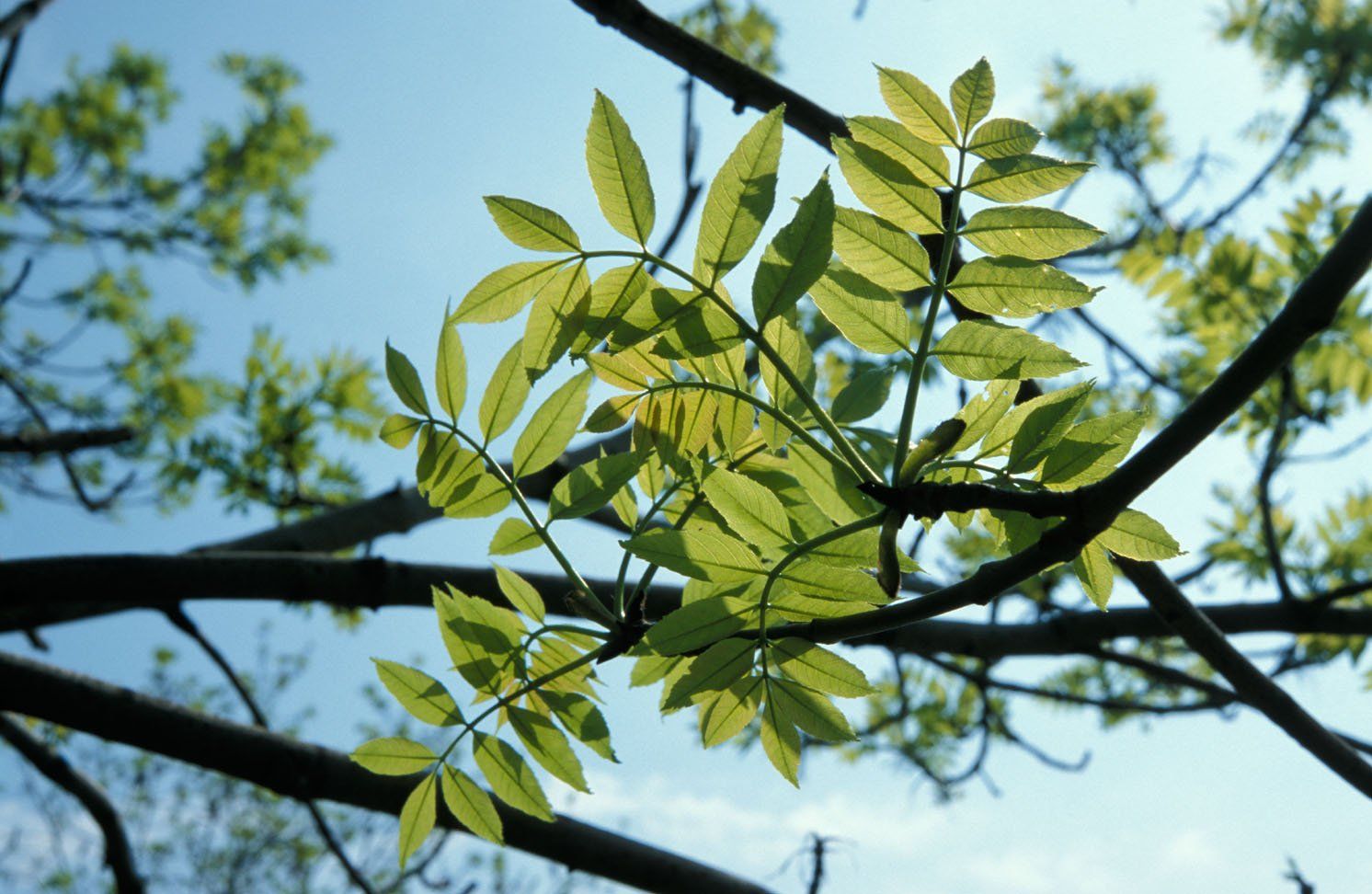What is a Tree Preservation Order (TPO)?
A Tree Preservation Order (TPO) is a legal mechanism that allows local authorities to protect specific trees, groups of trees, or woodlands from being cut down, uprooted, damaged, or destroyed without permission. In the UK, TPOs are governed by the Town and Country Planning Act 1990, and they can be placed on trees of public interest, regardless of whether they are on public or private land.
When a tree is covered by a TPO, it cannot be pruned, removed, or altered in any way without the consent of the local council. An application for works to be carried out on a tree with a TPO must be submitted. The council will then evaluate the situation to determine whether the tree’s removal or alteration is justifiable.
Why Are Tree Preservation Orders Important?
- Conserving Biodiversity
Trees are vital for maintaining the delicate balance of local ecosystems. They support a wide variety of wildlife, from birds to insects and fungi. By protecting trees through TPOs, we can preserve habitats that are crucial for biodiversity. - Combating Climate Change
Trees play a significant role in reducing the impacts of climate change. They absorb carbon dioxide and release oxygen, acting as natural air filters. Moreover, they contribute to reducing the urban heat island effect, providing shade and cooling the environment during hot weather. - Enhancing Aesthetic and Cultural Value
Many trees are not only important for their environmental role but also contribute to the aesthetic and cultural value of a community. Historic or iconic trees, such as old oaks or majestic maples, can hold great sentimental and historical significance. TPOs help preserve these landmarks for future generations. - Preventing Unregulated Development
Without TPOs, trees can be cleared for new construction projects or land development. This can lead to the loss of valuable green spaces and disrupt the local ecosystem. TPOs act as a safeguard, ensuring that trees are not removed without due consideration of their ecological and social value.
- Potential Threats: A TPO may be placed on a tree if it’s under threat from development, neglect, or other forms of damage.
Once a TPO is issued, it’s a legal document, and the tree is protected. Anyone wishing to carry out works on the tree must apply for consent from the local council. If permission is granted, there may still be conditions or limitations placed on what can be done to preserve the tree’s integrity.
What Happens If You Violate a TPO?
Cutting down, damaging, or pruning a tree with a TPO without consent is illegal and can result in significant fines or even imprisonment in serious cases. Violations can also lead to the local council ordering the restoration of the tree to its original condition, which could involve planting a replacement tree or taking other corrective actions.
Can You Appeal a TPO Decision?
Yes, if a property owner or someone else is unhappy with the decision to place a TPO on a tree, they can appeal. The appeal must be made within a certain time frame (usually 28 days), and it’s heard by the Planning Inspectorate. If successful, the TPO can be revoked or modified.
What Happens if You Want to Work on a Protected Tree?
If you own a tree covered by a TPO and you wish to carry out any work, you must:
- Submit an Application: This includes details of the work you wish to carry out, the reason behind it, and a description of the tree’s condition.
- Await a Decision: The local council will assess the application and consider whether the work would harm the tree or its contribution to the area.
- Receive Permission or Refusal: The council will either approve the request with conditions or deny it. If you’re unhappy with the decision, you may appeal.
Clear View Tree & Hedge Services offers help with local authority tree work applications throughout Torbay, including Brixham, Paignton & Torquay. Contact us if you have a query!
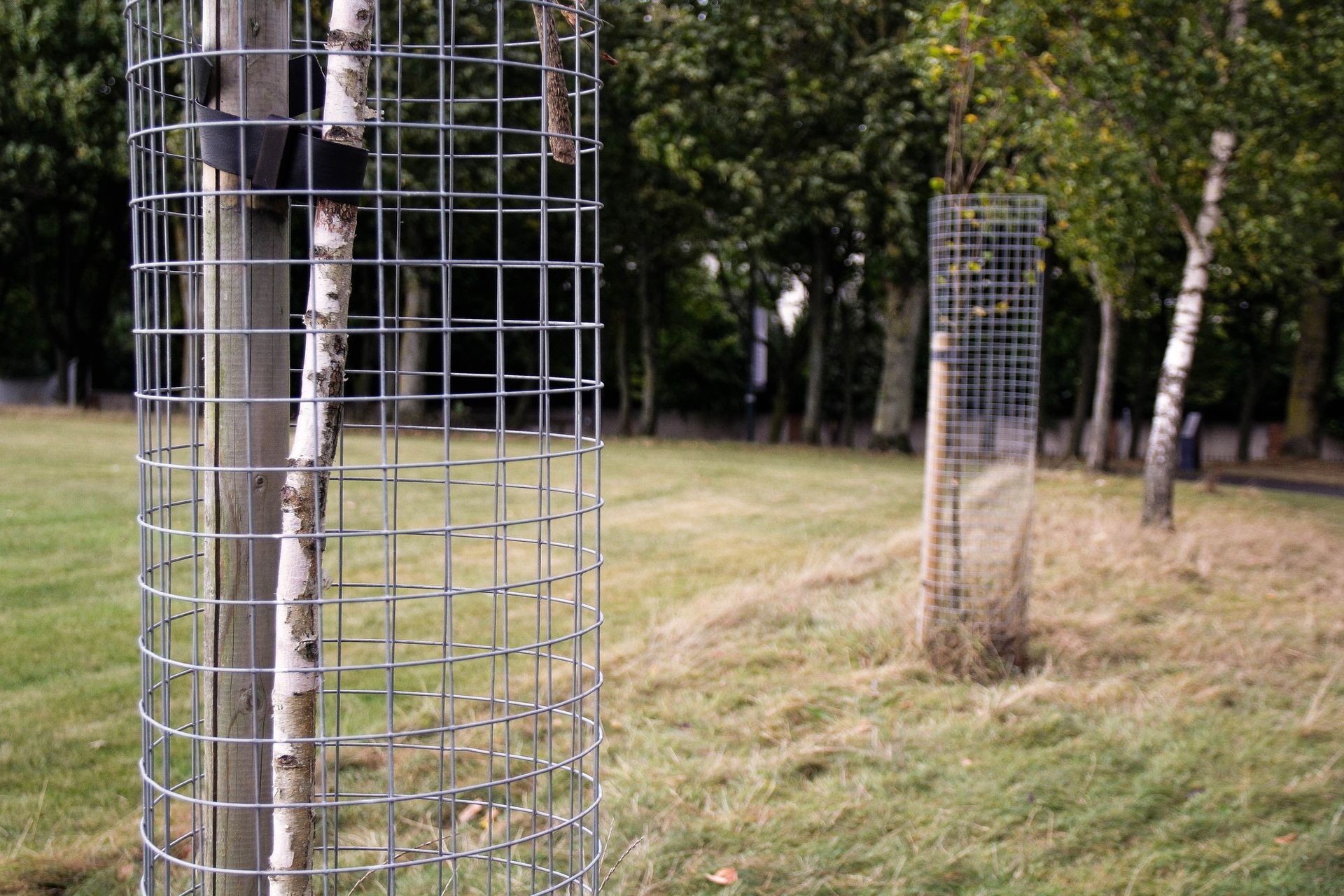
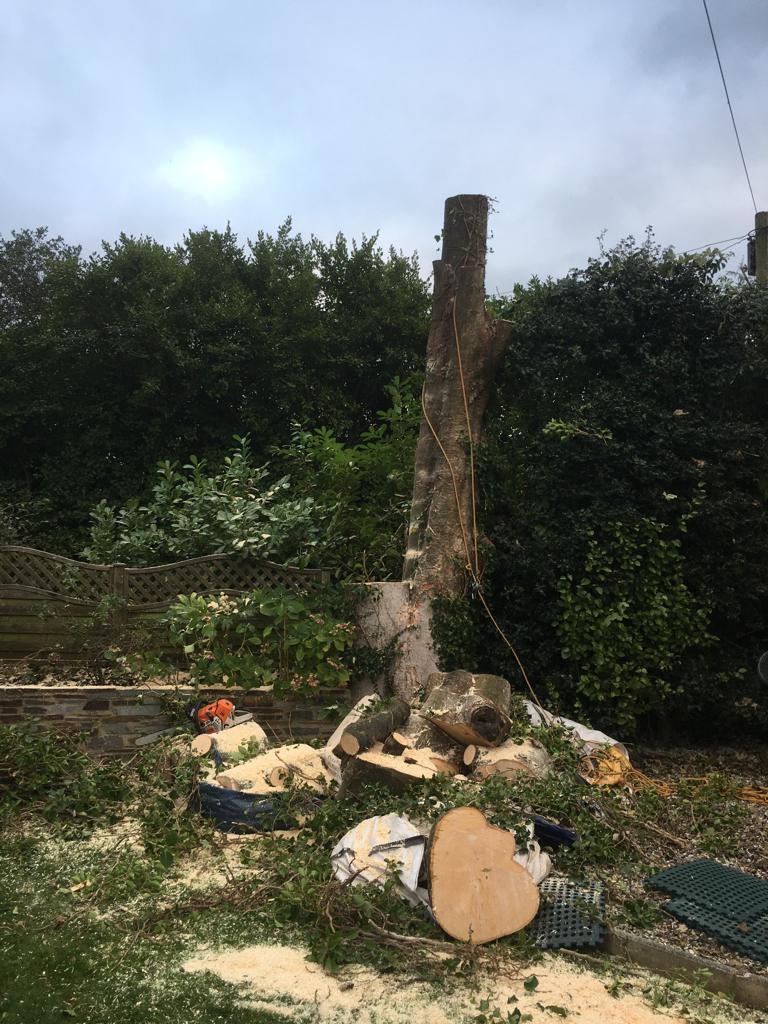
CONTACT US
We will get back to you as soon as possible.
Please try again later.




